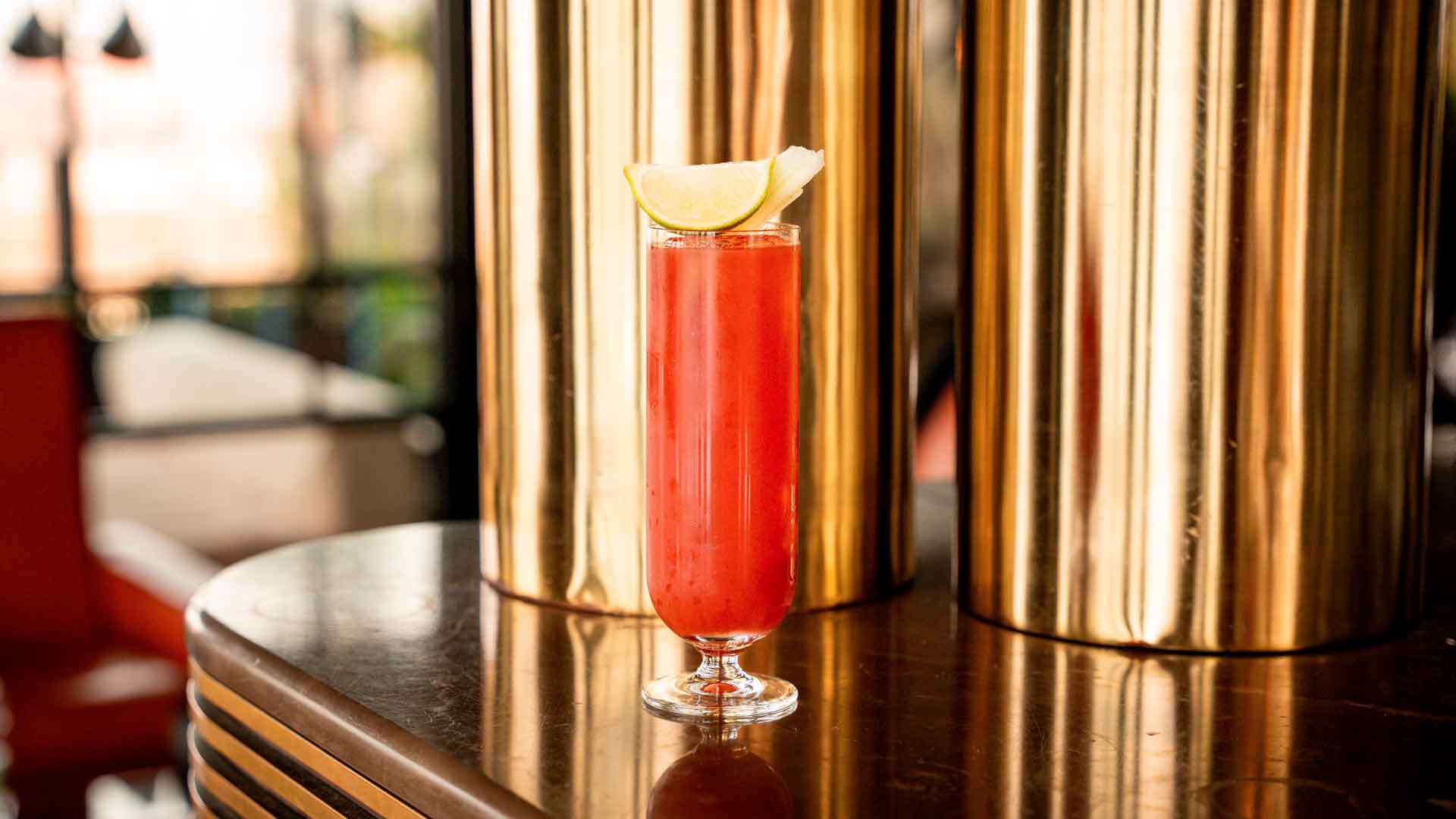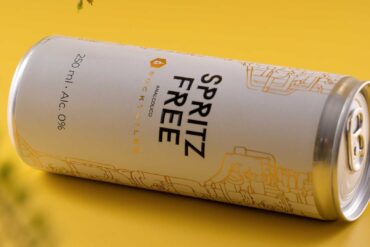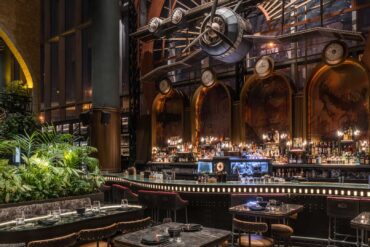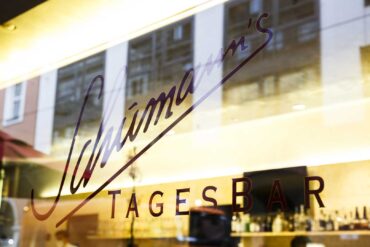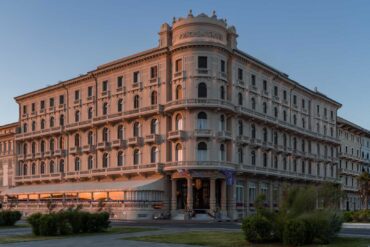While it might not be well-known elsewhere, in Canada, the Bloody Caesar is practically a staple. Some even call it Canada’s national drink. It’s so popular that festivals are dedicated to celebrating it.
The Story of the Bloody Caesar
In short, the Bloody Caesar is essentially a twist on the Bloody Mary, with the addition of clam broth. It was created in 1969 in Calgary, Canada. At the time, the Calgary Inn (now the Westin Hotel) was gearing up to open a new Italian restaurant called Marco’s. Inside the Calgary Inn, there was already a bar called the Owl’s Nest, and the bartender there was Walter Chell. He was tasked with creating a signature cocktail for the new restaurant.
Chell drew inspiration from an Italian dish he had enjoyed in Venice: spaghetti with clams and tomato sauce. So, he mixed vodka, tomato juice, clam broth, Worcestershire sauce, and spices. On paper, it might sound like a bold mix, but in reality, it turned out to be a massive hit.
The Fame
Walter Chell was a skilled bartender, and his Bloody Caesar was a masterpiece. Even before it had an official name, customers were raving about it. Chell tested it on some regulars to make sure the ingredients blended perfectly, and they loved it.
Before long, everyone was ordering the drink, and soon other bars began adopting the recipe. By December 31, 1974, the Calgary Herald reported that it had taken just five years for the Bloody Caesar to become Calgary’s most popular cocktail. From there, its fame spread across the nation.
Why It’s Called the Bloody Caesar
The name came in stages. Initially, Walter Chell simply called his creation the “Caesar” as a nod to his Italian heritage, the clam pasta, and, of course, Julius Caesar.
Chell was well aware that his cocktail was a variation of the Bloody Mary. The idea to extend the name to “Bloody Caesar” came later. In a 1994 interview with the Toronto Star, Chell recounted how it happened while celebrating the cocktail’s 25th anniversary.
After three months of perfecting the recipe and sharing it with his regulars for feedback, an Englishman (whose name is lost to history) one day remarked, “Walter, that’s a damn good bloody Caesar”. And so, the name was born.
The Origin Debate
Mixology historians point out that recipes similar to Walter Chell’s Bloody Caesar existed before his time. Not so much the Bloody Mary, but versions that included clam broth. There’s evidence of similar drinks from 1951, 1953, and 1962. While the name wasn’t the same, the recipe was strikingly similar.
David Wondrich, a noted cocktail historian, makes an interesting point: the invention of a cocktail can be understood in two ways. One refers to the first time specific ingredients are combined. The other refers to when a pre-existing combination is given a new name, a story, and ultimately, fame. Both forms of invention are worthy of praise, Wondrich argues, and Walter Chell’s creation belongs to the latter category.
Bloody Caesar Cocktail, The Recipe
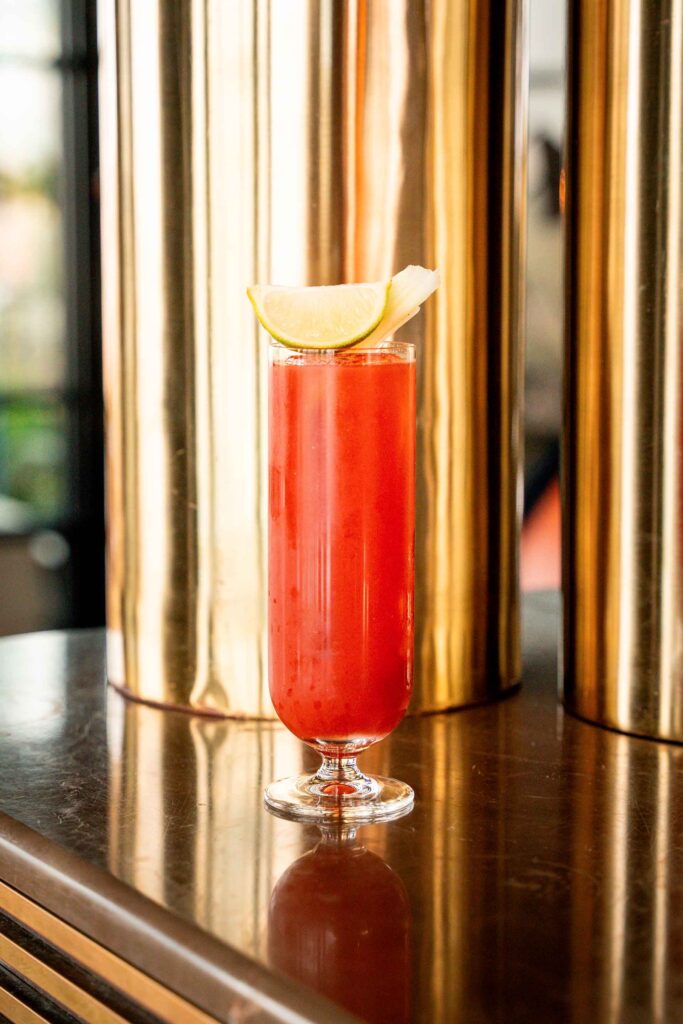
Since there’s no official IBA recipe, you’ll find various versions of the Bloody Caesar out there, and Walter Chell didn’t leave us with a definitive one. We’ve chosen the most popular proportions floating around online. In Canada, they use a special ingredient: a commercial drink made from tomato juice, sugar, dried clam broth, spices, and MSG.
Ingredients
- 120 ml tomato and dried clam broth drink
- 45 ml vodka
- 2 dashes Worcestershire sauce
- A pinch of pepper
- Celery salt
Method
Take a large highball glass and rim it with celery salt, then fill it with ice cubes. In a mixing glass filled with ice, add the other ingredients and stir well. Alternatively, you can pour the mixture back and forth between two mixing glasses. Either way, strain the mixture into the prepared highball glass.
Garnish
A celery stalk and a lime wedge.
Photo credits Julie Couder for Coqtail, location Ceresio 7 Milan, all rights reserved


